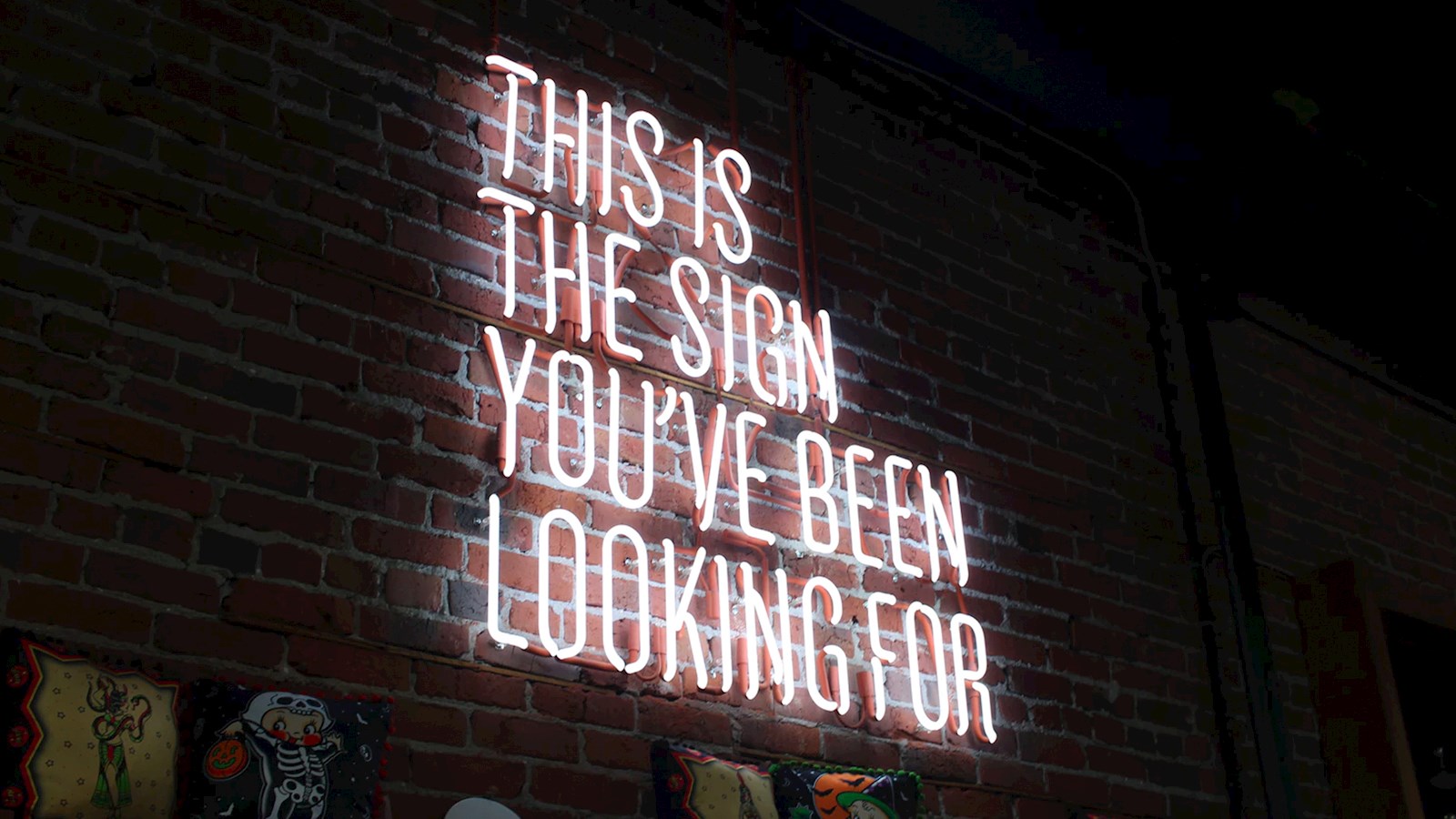
Making disruption a business-critical imperative
Businesses must embrace disrupting their own models as a core part of their strategy
Disruption is a topic at the heart of business today, taking centre stage at presentations, conferences, industry news and TED talks.
This wasn’t always the case. Disruption first made its way into business lexicon in 1997, when Harvard Business School professor Clayton Christensen published a book outlining the concept of "disruptive innovation". Disruption soon became Silicon Valley’s favourite buzzword – used by many a founder in an investor pitch when presenting how their startup had the potential to up-end and outperform an established business by bringing an alternative product or service to new audiences and markets.
The fact that new technology companies put established businesses – ones that appeared unshakable (from disk drives, video rentals and mobiles to photographic film) – out of business is well known. Beyond technological innovation, albeit to a lesser extent, established companies also faced pressure from new companies that were built on rising trends – sustainability, health and wellness, social media, direct to consumer, etc.
Today, disruption has become a business-critical imperative.
In a survey conducted by PwC in 2017 of over 1,300 CEOs globally, 60% said that technology had reshaped the competition in their sector in the past five years, and over 75% said they were expecting it to do so before 2022.
Particularly fascinating is the fact that for many businesses, making disruption a business-critical imperative means proactively disrupting themselves out of the categories on which their businesses were built.
Established companies across all sectors realised they had better disrupt themselves before they are disrupted
In 2016, Tyson launched Tyson Ventures, a $150 million VC fund dedicated to investing in emerging brands that are focused on sustainable foods, including Beyond Meat and Memphis Meats. Tyson’s former CEO Tom Hayes’ reasoning was clear: "We want to actively disrupt ourselves. We don’t want to be Kodak."
Coca-Cola is pushing to become a total beverage company by growing beyond its namesake brand and other sodas to include waters such as Dasani, Smartwater and vitaminwater, and other beverages including Honest Tea, fairlife and Minute Maid.
As the Tyson and Coca-Cola examples demonstrate, the trend towards a healthier lifestyle is central to established food companies realising the need to make disruption a core part of their business strategy.
The health sector is also being disrupted. Health tech company Babylon partnering with the National Health Service (NHS) in the UK to provide online patient care represents a step change in the digitalisation of a particularly traditional organisation. This trend shows no signs of stopping as tech tools to manage patient data, provide remote health solutions and build interconnected health devices are driving growth in the digital health market, which is expected to reach $206 billion by 2020.
In many instances of businesses successfully disrupting themselves, the phrase “if you can’t beat ‘em, join ‘em” springs to mind. Businesses must embrace disrupting their own models as a core part of their strategy, driving digital transformation, adapting to changing consumer behaviour and learning from challenging brands. It can be scary – disruption is all about trial and error, about challenging established assumptions, processes and cultures – but in today’s ever-changing business environment, self-disruption is the only way to future-proof a business.
published on
26 November 2019
Category
More in Communications

How to build your brand in-game
A new research report from WPP and SuperAwesome

Mechanisms that Matter – Inside our partnership with Audible
How do you take a huge client like Audible from 22 agencies to one thriving networked team?

Healthcare communications – diverse, dynamic & different
Communicating about health and healthcare in APAC requires a nuanced and balanced approach

